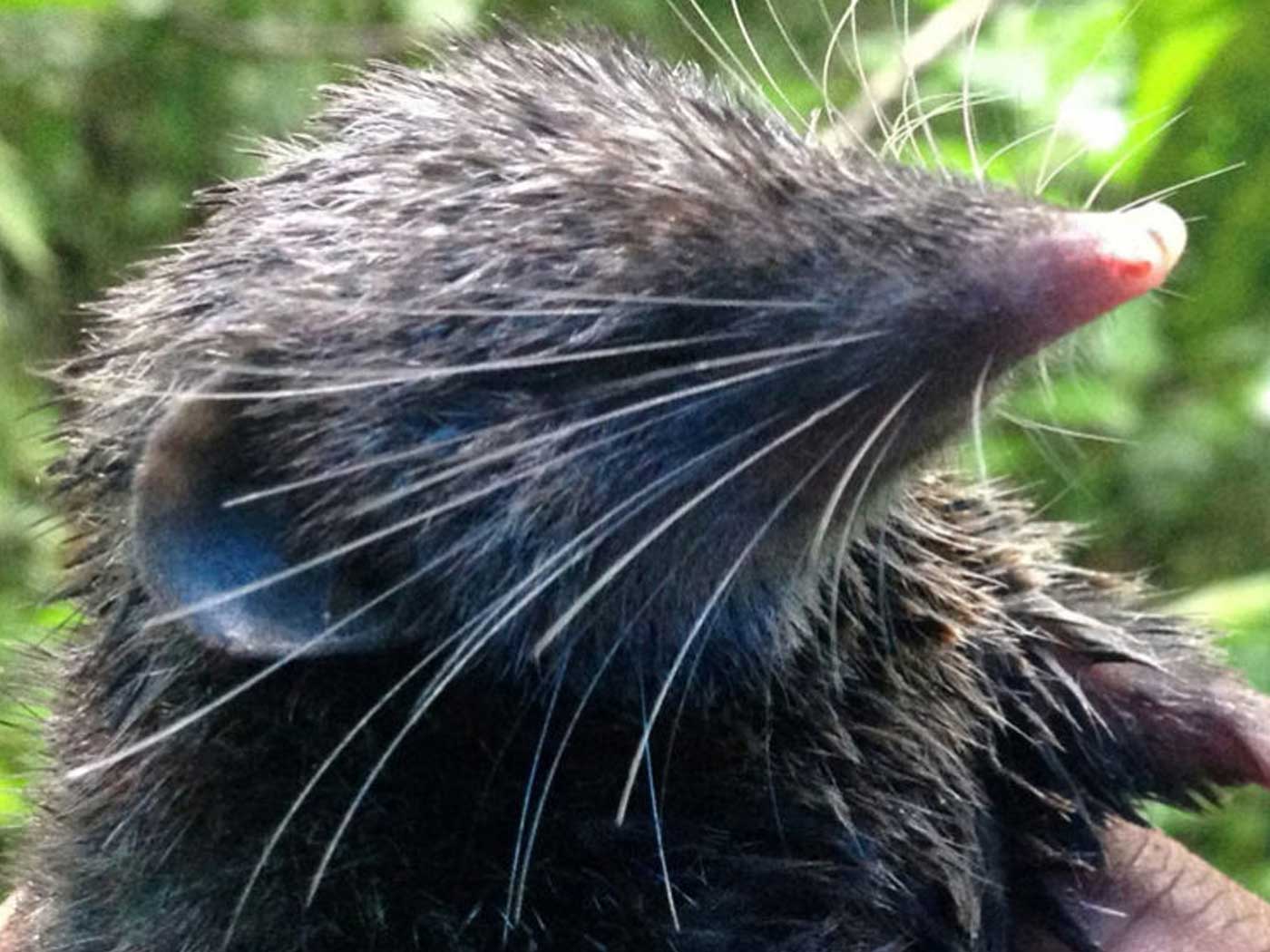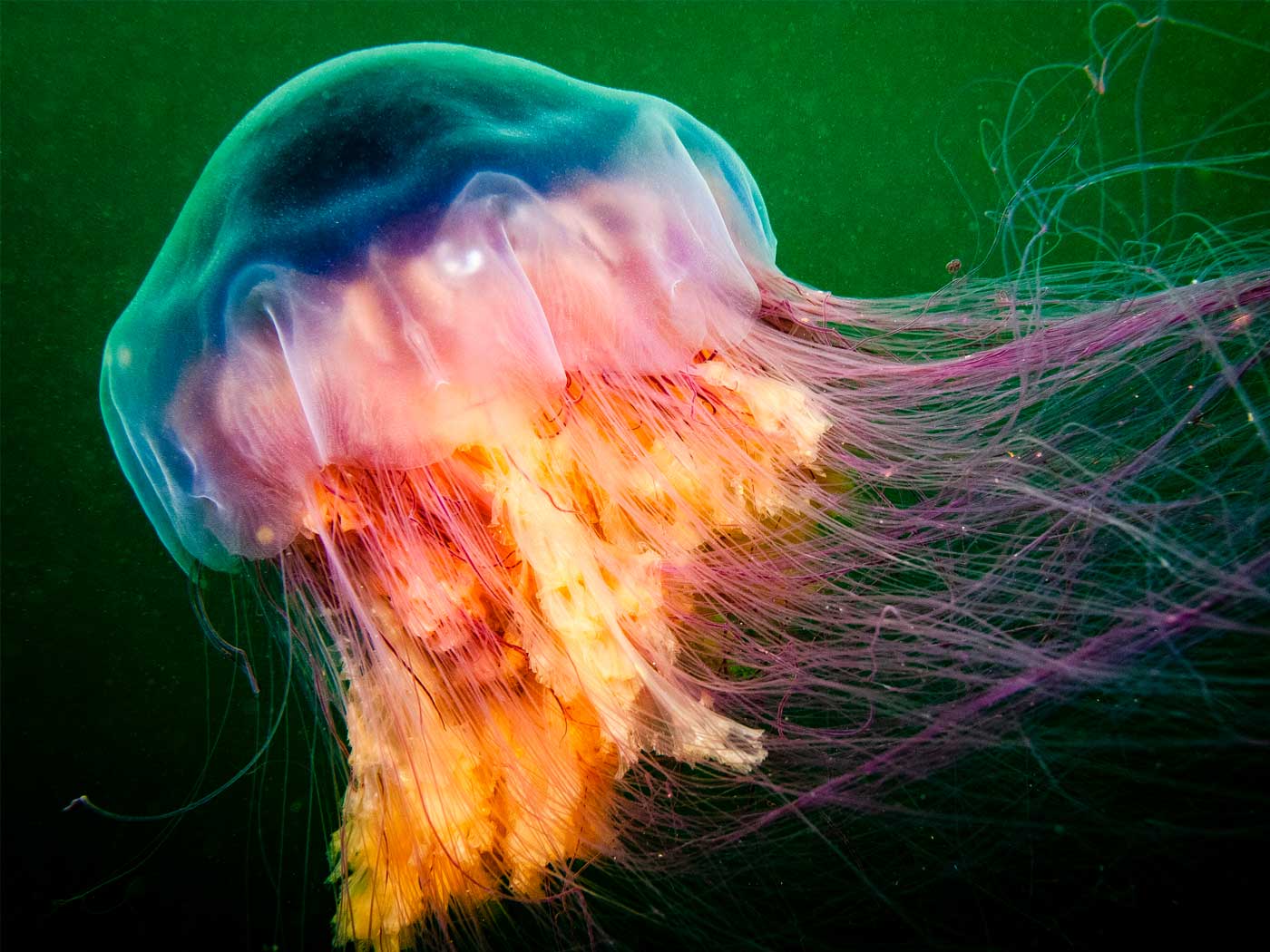The beautiful Hawaiian Islands are not only desirable travel destinations, they also provide unique habitats for tropical creatures. When certain caterpillars were found living in the wet mountainous regions, researchers were baffled both by their underwater lifestyle and their nonstandard "evolution." How and why did these insects acquire amphibious traits?
In a study published in Proceedings of the National Academy of Sciences, researchers were surprised to discover that 12 species out of over 300 Hawaiian moths in the genus Hyposmocoma are able to live, eat, and completely mature underwater. The moths don’t have gills, so their ability to breathe while submerged remains a mystery.
The researchers found that each amphibious species is closely related to a terrestrial variety. They concluded that "this amphibious lifestyle is an example of parallel evolution and has arisen from strictly terrestrial clades at least three separate times in the genus."1 A clade is a grouping of similar organisms that are thought to be evolutionary related.
Yet another unexpected finding showed that some of the genes that enable these species to be amphibious are found in the nuclear DNA, but other required genes are in separate mitochondrial DNA. So, if the amphibious lifestyle evolved, then the same set of genes evolved independently at three separate times within the same, but separately located, chromosomes.
The evolutionary biologists also considered the possibility that the ancestral Hyposmocoma started out with amphibious genes when it colonized the islands many years ago. The genes would then have subsequently been lost in over 300 descendant species and stayed intact in just the few that remain amphibious. The researchers wrote that "either scenario is remarkable because they represent the repeated acquisition or loss of a truly amphibious lifestyle not recorded anywhere else."1
Are these finds considered "remarkable" because they do not fit the standard evolutionary story? In the context of big-picture evolution, the authors explained that "it would be parsimonious to assume that it arose once in the genus and that the lineage diversified in the 12 species and three lineages in this study."1 In other words, it would have been simpler for "nature" to have had all amphibious species "emerge" from one ancestor, not three.
The authors suggested, "Such diversification and parallel evolution may be possible for the caterpillars owing to particular characteristics of Hyposmocoma but more likely involves features of this insect lineage working in conjunction with Hawaii’s extreme isolation."1 But this speculative statement fails to address which "characteristics" or "features" could have been involved in these "unparalleled evolutionary phenomena."1
From a creation perspective, it may be tempting to explain these unusual moths by simply saying that God "made them that way," but that’s probably too simple. After all, it appears that the amphibious species share many characteristics with strictly terrestrial species of this moth. And considering that members of the same genus are typically very closely related and possibly able to interbreed, perhaps today’s 350 Hyposmocoma "species" descended from a founder population of individual moths that landed on Hawaii when it was a virgin island.
In this scenario, these well-designed moths could have established themselves on Hawaii and diversified, multiplied, and filled then-empty niches. Whatever mechanism brought the amphibian genes into (or out of) certain moths and skipped over others is not yet clear.
However, that mechanism does not appear to have been genetic mutation, because mutations do not build or produce whole coordinated gene sets. Rather, they mostly accrue as miniscule aberrations of genetic data. It is more likely that the addition or removal of coordinated gene sets occurred through a well-designed process that was created for that purpose, just as has occurred with various other animals.2
References
- Rubinoff, D. and P. Schmitz. 2010. Multiple aquatic invasions by an endemic, terrestrial Hawaiian moth radiation. Proceedings of the National Academy of Sciences. 107 (13): 5903-5906.
- Links to descriptions of rapid and regulated variation can be found in the reference section of Thomas, B. Butterfly Mimicry Is Based on Elegant Genetic Switches. ICR News. Posted on icr.org March 18, 2010.
* Mr. Thomas is Science Writer at the Institute for Creation Research.
Article posted on April 2, 2010.

























